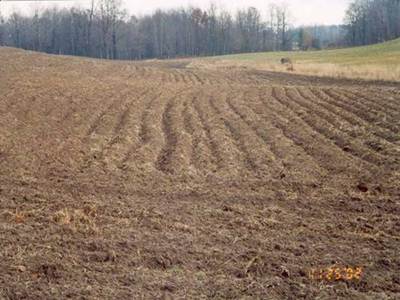
Plow - a four letter word? No-till – the moral high ground within tillage systems? What about strip-till, ridge-till, vertical-till, mulch-till, placebo-till, testosterone-till or conservation-till?
Over the years we have had a great time defining and labelling the way we till the soil. In some cases the discussion has become quite heated, as ardent no-tillers have challenged the more conventionally minded to change. Sometimes the argument has had a cost of production spin, especially when commodity prices were low. At other times the emphasis has been on soil conservation and the merits of leaving enough residue to protect soil from wind and water erosion.
In Ontario, the trend towards conservation tillage has ebbed and flowed. So where are we now? Consider the advancements that might influence tillage systems:
And yet when we looked around Ontario in the spring of 2012 there was arguably less ground covered with residue than in quite some time.
Perhaps it is time to refocus on the end game and not the titles.
30% Ground Cover
Research has identified the maintenance of a minimum of 30% ground cover as critical in the protection against wind and water erosion. The goal should be to have your soil covered with at least 30% cover (dead or alive) all season long. Perhaps no one cares any more what you
call it. Just use the great arsenal of equipment and technology that is out there and get it done. Hey, you might even use a plow (note 4 letter spelling) and if you quickly seeded a cover crop, 30% cover might be rapidly restored.
 |
|
|
|
|
|
|
|